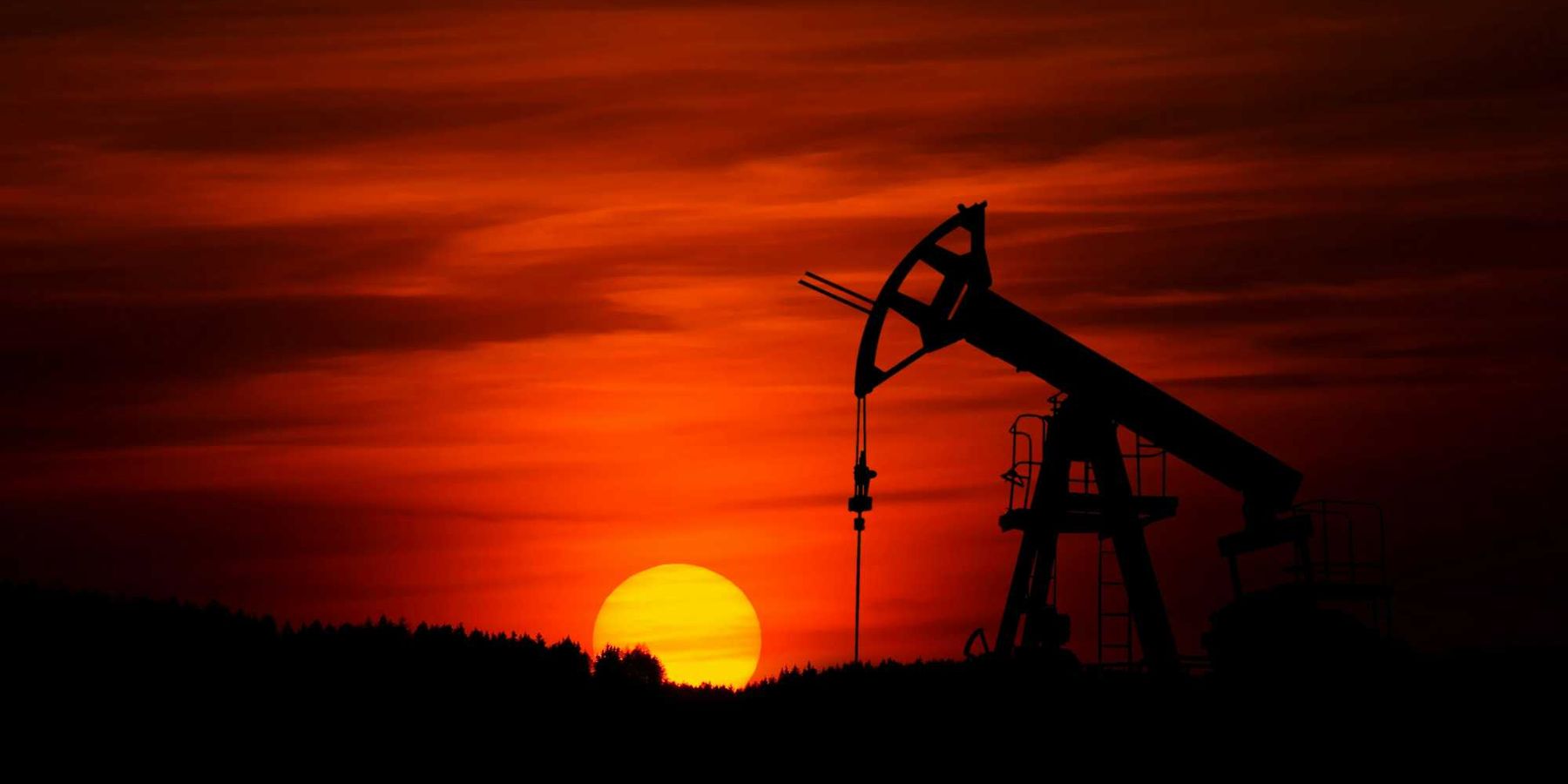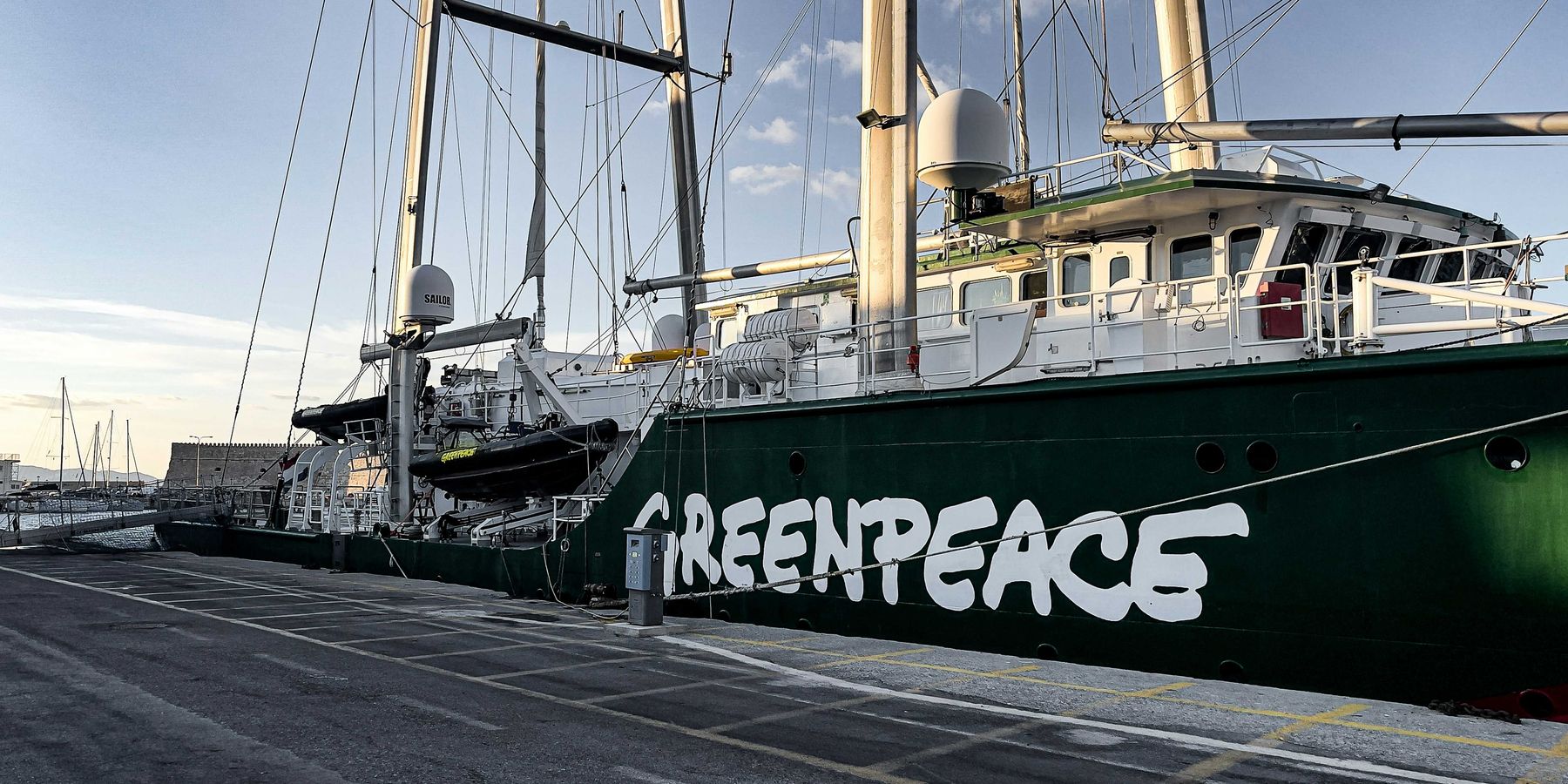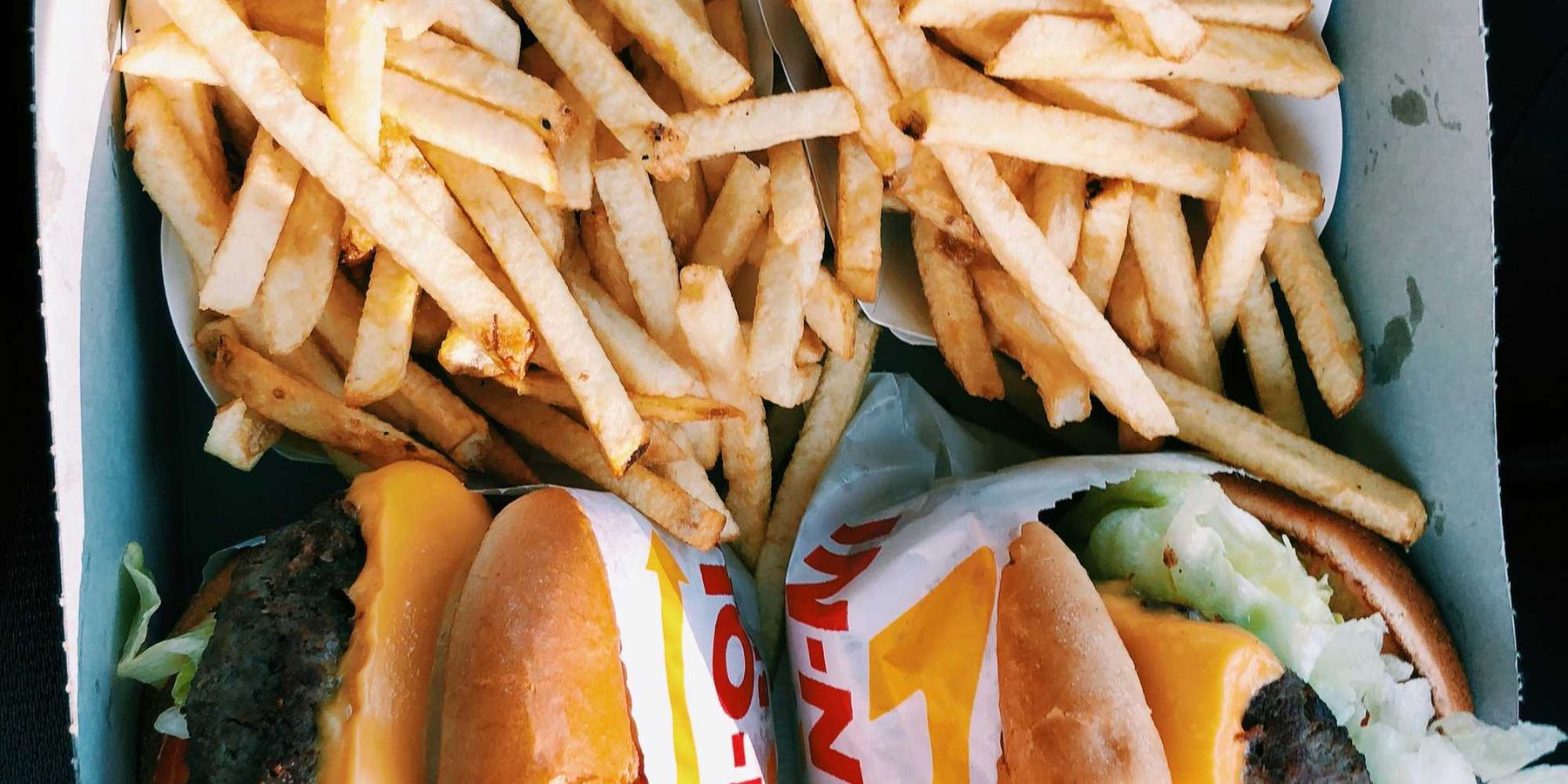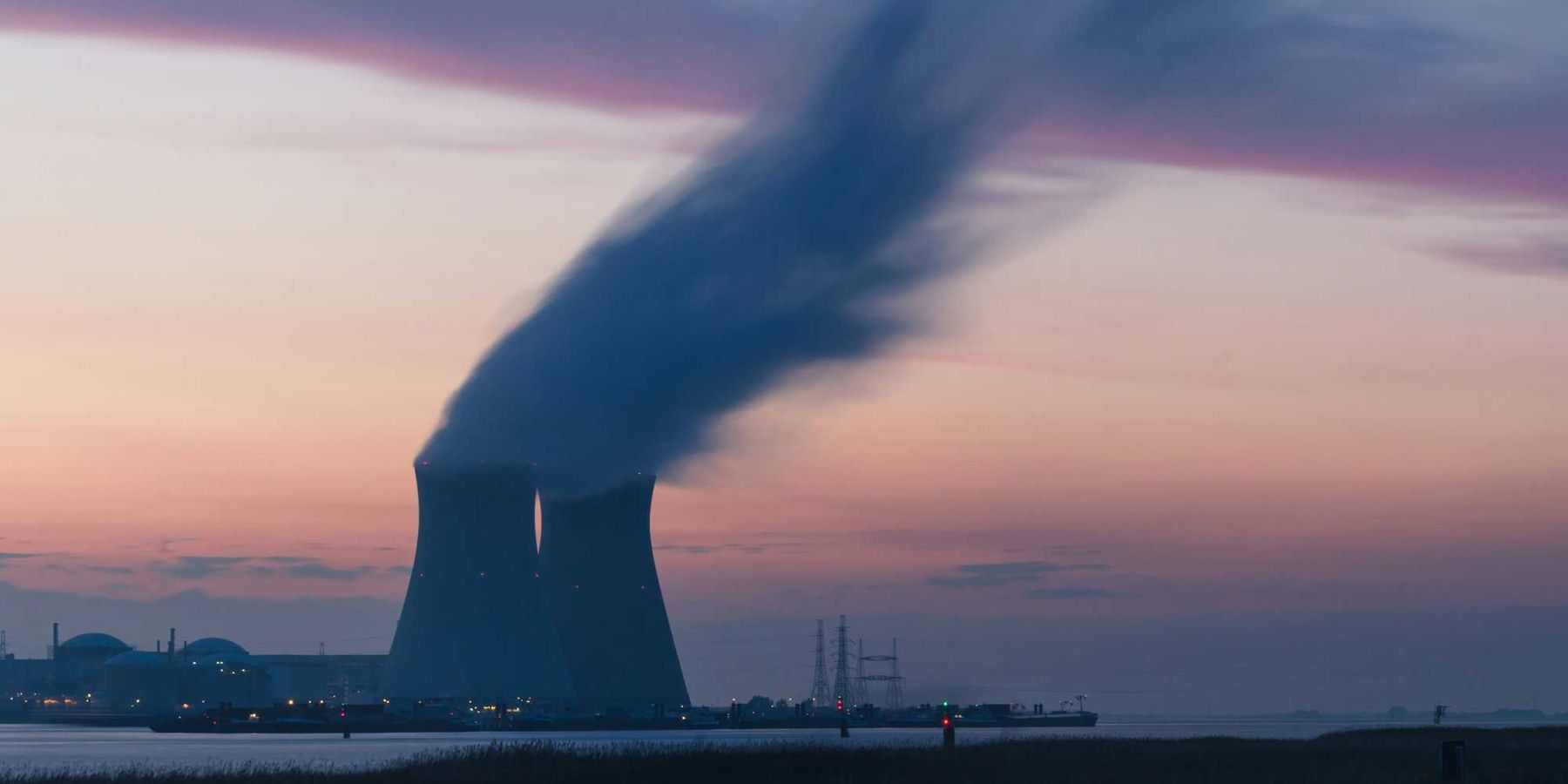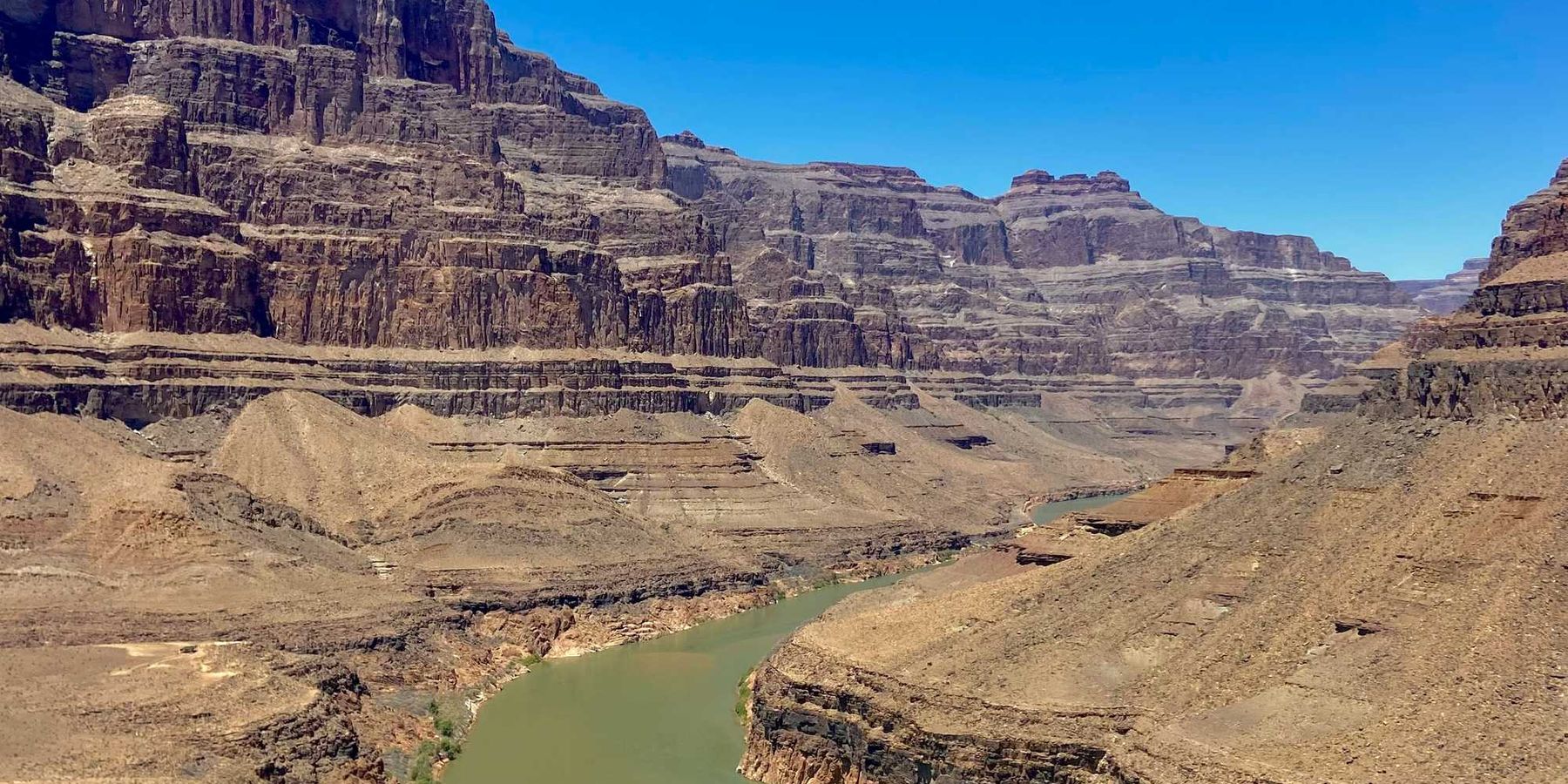Orca push further into the Arctic as sea ice disappears
Killer whales, or orca, are moving into Arctic waters once blocked by ice, preying on narwhal, beluga and bowhead whales and raising concerns about their impact on endangered species and Inuit hunting traditions.
Ed Struzik reports for Yale Environment 360.
In short:
- Scientists believe killer whales, once rare in the Arctic, are increasing in number as climate change reduces sea ice, opening new hunting grounds.
- Researchers estimate Arctic killer whales kill about 1,000 narwhals annually, matching the number harvested by Inuit hunters, which may affect traditional subsistence practices.
- Some experts warn the growing presence of these predators could disrupt fragile ecosystems and push vulnerable whale populations toward further decline.
Key quote:
“With sea ice retreating in the Arctic very rapidly, killer whales are finding new pathways to enter regions like Hudson Bay and the High Arctic.”
— Steve Ferguson, Fisheries and Oceans Canada
Why this matters:
As Arctic ice melts at an accelerating rate, the region’s ecosystems are undergoing dramatic and often unpredictable shifts. One of the most striking changes is the arrival of top predators like killer whales, which are moving into newly ice-free waters and altering the delicate balance of marine life. For Indigenous communities that have long relied on seals, narwhals and other marine mammals for sustenance and cultural traditions, this shift poses a direct threat to their way of life. As temperatures rise and sea ice continues to shrink, ecosystems around the world are being reshaped, often in ways that are difficult to predict. In the Arctic, where life has always been defined by ice, its rapid disappearance is forcing both wildlife and humans to adapt — with potentially devastating consequences.
Read more: Arctic trees multiply as sea ice retreats, signaling an environmental shift

